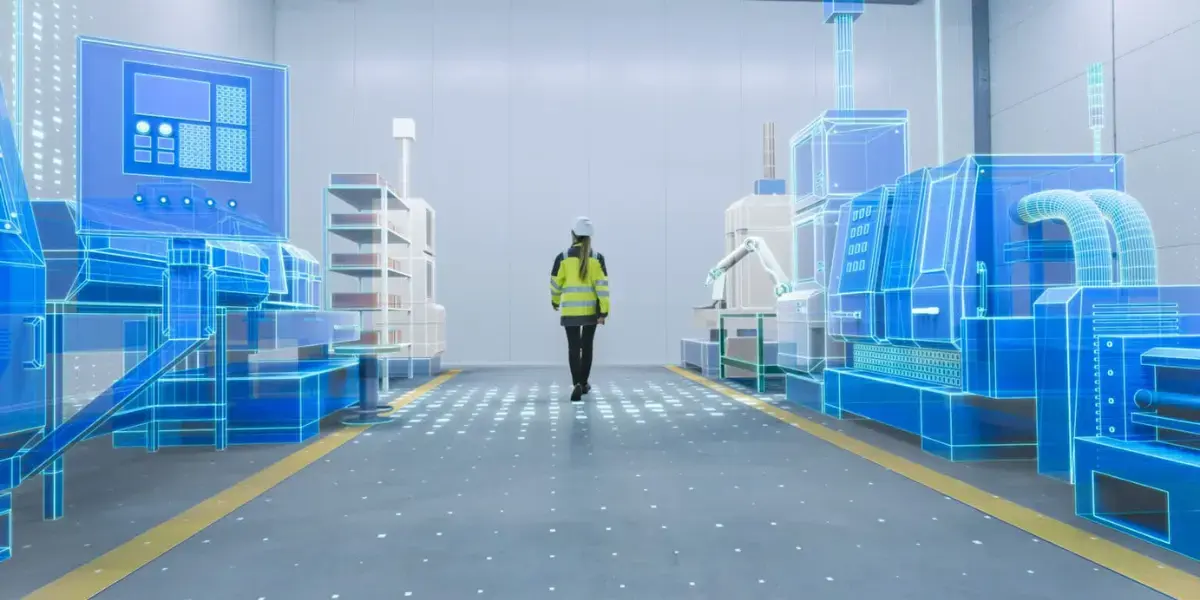Best Practices for a Successful MES Strategy Part 2: Proper Planning for Implementation
You’ve taken the time to review and understand the business challenges you’re facing, and how, at a high level, a manufacturing execution system (MES) solution will solve those challenges. Now, you’re itching to jump into implementation. While we understand the desire to see results ASAP, we also know that execution without a plan that at least defines requirements, aligns stakeholders, and creates a project roadmap is a guaranteed way to become one of the 80 percent of MES projects that fails, or gets stuck in the dreaded pilot purgatory.
In this second part of our four-part series on best practices for a successful MES strategy, we discuss industry best practices for gaining internal alignment on the changes needed, creating a project roadmap for agile implementation, assessing your current operating environment, and how to define the technology stack that will best meet your needs.
Define Requirements and Foster Stakeholder Alignment
One of the most crucial pre-implementation steps to set up your project for success is to define exactly what you’re doing and why you’re doing it. It is important to note that these must be inclusive discussions with the key stakeholders from operations, quality, maintenance, management, and production that will be impacted by this project.
During these discussions, you must identify current gaps and determine which projects will have the greatest impact. Some examples of questions that should be considered include the following:
- What are our current gaps and opportunities?
- Which of these would have the highest impact with the lowest cost and risk?
- Do we currently have access to the data sources required (PLCs, ERP, etc.)?
- What additional infrastructure will we need access to such as servers?
Next, you need to lay out what the project looks like, why change is necessary, and how the changes will benefit each of your key stakeholders. Without a thorough understanding of these items, you will likely face resistance to change. To aid in these discussions, we’re always happy to provide an MES demo using the TrakSYS virtual factory demo.
Develop an Agile Implementation Plan
Once your team is aligned, it’s tempting to want to do everything all at once. But overwhelming your stakeholders is another way to almost guarantee failure. Instead, think back to the business drivers that led us here and consider the return on investment (ROI) of addressing each one of those business challenges. Consider starting your implementation strategy with the highest ROI item. If your organization sees a big impact with minimal cost and time invested, it will be easier to get continued support and fuel all the other phases of your MES project.
Perform a People, Process, and Technology Assessment
The goal of performing a people, process, and technology (PPT) assessment prior to implementing an MES solution is to gain a holistic view of your manufacturing operations and understand your organization’s readiness for change. A people assessment will help you ensure your people are prepared to effectively handle the new technologies and processes that will be implemented.
From a process and technology perspective, it is important to assess your existing technology infrastructure and processes and identify how these will be impacted when the MES solution is deployed. Processes will need to be modified to ensure the MES tools are being leveraged appropriately. In addition, the exercise of evaluating your current technologies will help you set a strategy for which technologies you can keep and develop an integration plan for, and which should be replaced. These changes also become part of the agile road map discussed above.
Consider Your Technology Stack
It’s easy to think about MES technology in regard to a single function. For example, if a performance management solution is needed, you may instinctively contact a software vendor focused only on performance management. This may be fine in the short term, but what happens when you have a business need for quality, inventory, scheduling, or any other MES function that this vendor does not support? You will be forced to add another point solution to your plant floor, resulting in yet another new system you need to assess, select, train on, maintain, integrate.
Instead, when you have a long-term view in place, you can consider more comprehensive technology platforms that will support many or all MES functionality with a common user interface, back end, dashboards, and reporting. These platforms also natively provide contextualized information between all the functionality.
But be careful when evaluating solutions. Many MES solutions are actually a bunch of different pieces of software marketed as a platform. Even when these solutions are from one provider, piecemealed platforms frequently lead to integration problems. Building your MES technology stack around a comprehensive and configurable MES platform such as TrakSYS is an excellent way to cost-effectively meet your short-term needs without limiting your future MES possibilities. Similarly, it’s also important to select a technology partner who is forward-looking that can help future proof your investment.
If you’re thinking, this approach sounds like a lot of up-front work, trust us when we say taking the time to think through these items will save you a lot of time, money, and frustration in the long run. In the next part of this series, we discuss the many benefits of identifying a trusted partner to work with you to develop a holistic digital transformation strategy that involves implementing tailored MES solutions at a pace that is right for your organization. In the meantime, learn more about our MES offerings, MES best practices, or contact us if you have any questions.



.png)
